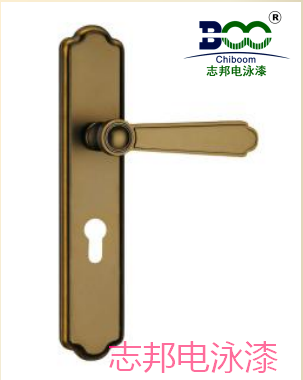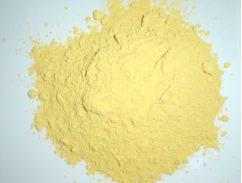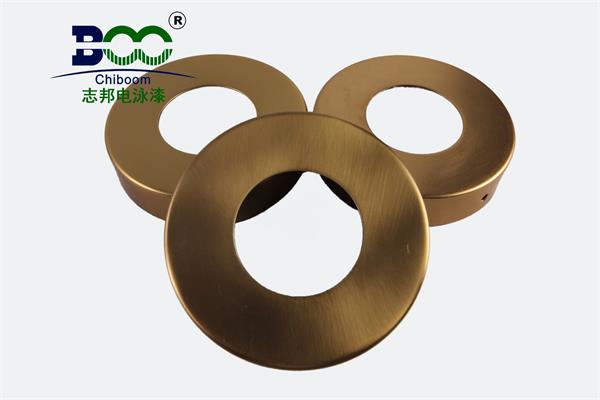Common Issues and Solutions of Electrophoretic Paint
Electrophoretic paint, also known as electrophoretic coating, is an efficient and environmentally friendly coating technology widely used in industries such as automobiles, household appliances, and hardware. However, during the application of electrophoretic paint, painters often encounter several problems. If not resolved promptly, these issues can affect the quality and efficiency of the coating process. This article introduces common problems with electrophoretic paint and their corresponding solutions.
After electrophoretic coating, particulate matter may sometimes appear on the surface of the paint film. This is usually caused by factors such as a high pH value in the CED tank solution, precipitation dead zones within the tank, dirty electrophoretic post-rinsing solutions, or inadequate filtration. To solve this issue, it is necessary to strictly control the pH value of the CED tank solution, prevent the混入 of alkaline substances, enhance the filtration and renewal of the tank solution. Additionally, ensure there are no precipitation dead zones within the tank and maintain the cleanliness and filtration effectiveness of the electrophoretic post-rinsing solutions.

Electrophoretic coatings may exhibit pinholes or cratering after drying. This is primarily due to the presence of incompatible particles such as dust and oil contamination in the wet paint film, resulting in uneven flowability during the initial drying stage of the wet paint film. To prevent this issue, strengthen the degreasing process of the coated objects and ensure that the phosphate coating is not contaminated again. Simultaneously, install oil removal filter bags in the tank liquid circulation system, identify the source of oil contamination, and strictly prohibit the introduction of oil into the tank. Furthermore, maintain the cleanliness of the drying chamber and circulating hot air, adjust the ratio of pigment to binder in the tank solution, and appropriately increase the pigment content.
Color unevenness is another common issue in electrophoretic coating. This is usually caused by inconsistent electrophoretic paint application thickness. To resolve this issue, prepare the primer well before spraying, adjust the use of electrophoretic paint to ensure uniform application. Additionally, selecting high-quality electrophoretic paint materials and improving spraying skills are also crucial.
Poor adhesion of the coating is another common problem, which may be caused by not performing surface treatment, incomplete cleaning, or uneven substrate surfaces. Therefore, before construction, the substrate surface should be thoroughly treated to ensure its cleanliness and smoothness. For impurities such as oil and dust on the substrate surface, they must be thoroughly removed to improve the adhesion of the coating.

Reduced throwing power is also an issue worth noting. Throwing power refers to the electrophoretic paint's ability to coat difficult-to-reach areas such as the interior cavities and interlayer structures of the coated object. If throwing power decreases, it may result in the interior cavities not being coated or being coated too thinly. To address this issue, increase the electrophoretic voltage, ensure that the solid content of the tank solution is within the specified process range, enhance tank solution agitation, clean the electrode cover or replace the diaphragm, and select electrophoretic paints with good throwing power.
Cost control of electrophoretic paint is also a factor to consider. Costs can be reduced by optimizing the process flow, improving spraying efficiency, and conserving raw material usage. Additionally, reasonably control the amount of electrophoretic paint used and coating duration to avoid waste and over-coating.
Electrophoretic paint may encounter various problems during use, but as long as these issues are taken seriously and proactive solutions are sought, they can be resolved to ensure the effectiveness of electrophoretic paint. At the same time, it is also necessary to strengthen training and learning in electrophoretic coating techniques to improve the professional quality and operating skills of coating personnel.





 WeChat
WeChat